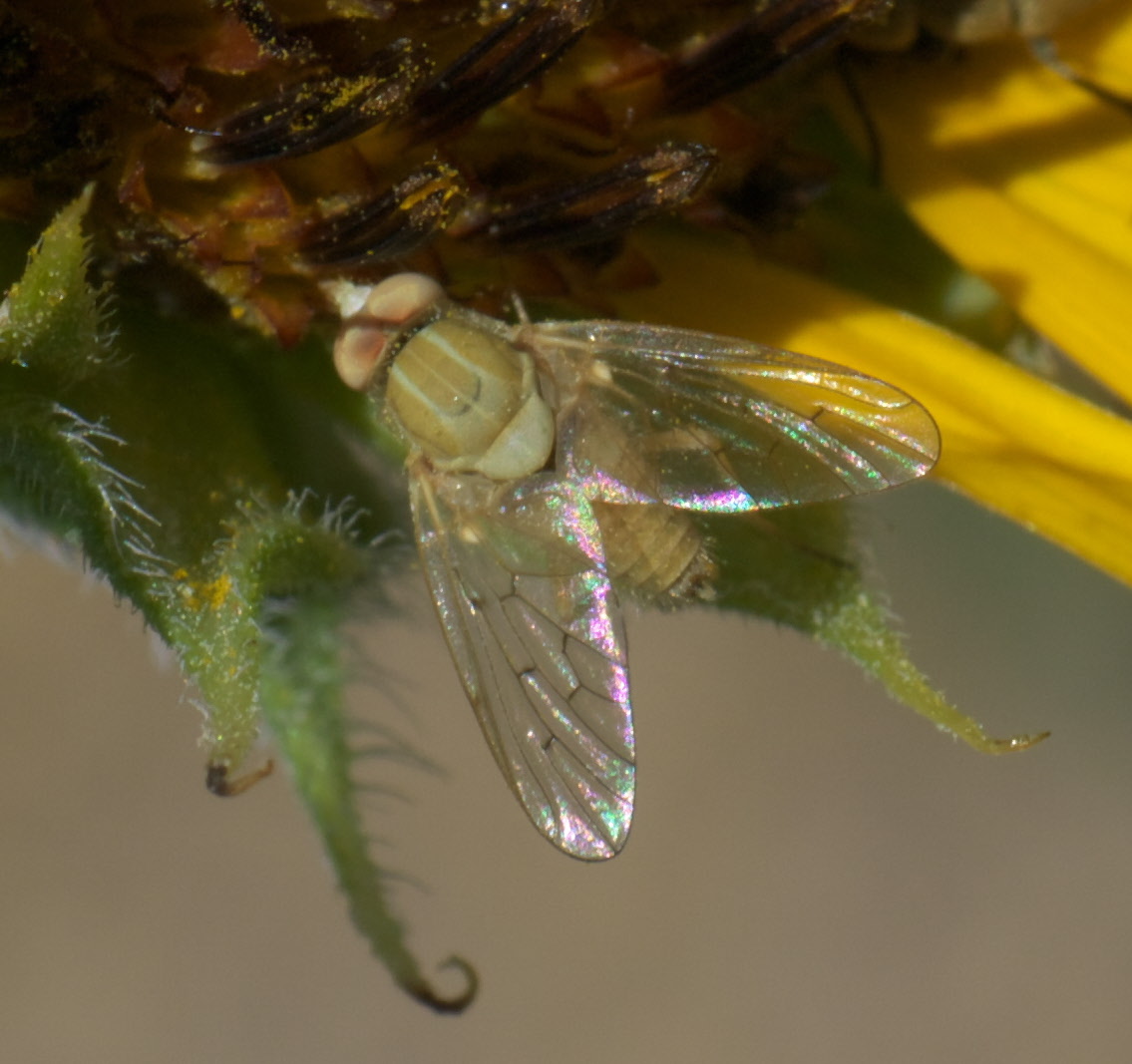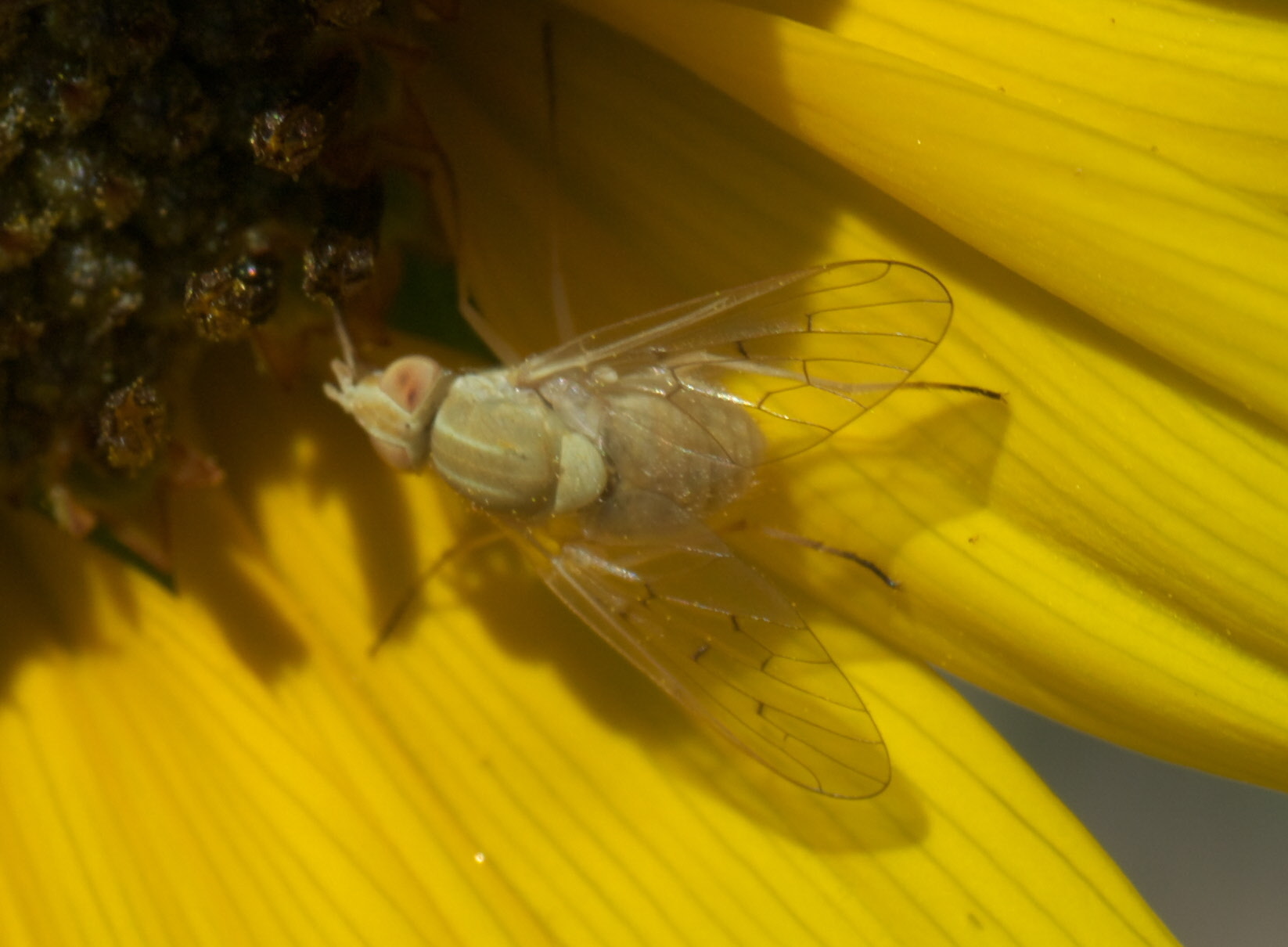|
Phthiriinae
Phthiriinae is a subfamily of bee flies in the family Bombyliidae. There are about 11 genera and more than 120 described species in Phthiriinae. Genera These 11 genera belong to the subfamily Phthiriinae: * '' Acreophthiria'' Evenhuis, 1986 * '' Acreotrichus'' Macquart, 1850 * '' Australiphthiria'' Evenhuis, 1986 * '' Euryphthiria'' Evenhuis, 1986 * '' Neacreotrichus'' Cockerell, 1917 * ''Phthiria'' Meigen, 1803 * '' Poecilognathus'' Jaennicke, 1867 * '' Pygocona'' Hull, 1973 * '' Relictiphthiria'' Evenhuis, 1986 * ''Tmemophlebia'' Evenhuis, 1986 * † '' Elektrophthiria'' Nel, 2006 g Data sources: i = ITIS, c = Catalogue of Life, g = GBIF, b = Bugguide.net References Further reading * * * External links * Bombyliidae {{Bombyliidae-stub ... [...More Info...] [...Related Items...] OR: [Wikipedia] [Google] [Baidu] |
Bee Fly
The Bombyliidae are a family of flies, commonly known as bee flies. Adults generally feed on nectar and pollen, some being important pollinators. Larvae are mostly parasitoids of other insects. Overview The Bombyliidae are a large family of flies comprising hundreds of genera, but the life cycles of most species are known poorly, or not at all. They range in size from very small (2 mm in length) to very large for flies (wingspan of some 40 mm).Hull, Frank Montgomery, Bee flies of the world: the genera of the family Bombyliidae Washington, Smithsonian Institution Press 1973 . Downloadable from: https://archive.org/details/beefliesofworl2861973hull When at rest, many species hold their wings at a characteristic "swept back" angle. Adults generally feed on nectar and pollen, some being important pollinators, often with spectacularly long proboscises adapted to plants such as ''Lapeirousia'' species with very long, narrow floral tubes. Unlike butterflies, bee flies hold t ... [...More Info...] [...Related Items...] OR: [Wikipedia] [Google] [Baidu] |
Bombyliidae
The Bombyliidae are a family of flies, commonly known as bee flies. Adults generally feed on nectar and pollen, some being important pollinators. Larvae are mostly parasitoids of other insects. Overview The Bombyliidae are a large family of flies comprising hundreds of genera, but the life cycles of most species are known poorly, or not at all. They range in size from very small (2 mm in length) to very large for flies (wingspan of some 40 mm).Hull, Frank Montgomery, Bee flies of the world: the genera of the family Bombyliidae Washington, Smithsonian Institution Press 1973 . Downloadable from: https://archive.org/details/beefliesofworl2861973hull When at rest, many species hold their wings at a characteristic "swept back" angle. Adults generally feed on nectar and pollen, some being important pollinators, often with spectacularly long proboscises adapted to plants such as ''Lapeirousia'' species with very long, narrow floral tubes. Unlike butterflies, bee flies hold t ... [...More Info...] [...Related Items...] OR: [Wikipedia] [Google] [Baidu] |
Phthiria
''Phthiria'' is a genus of 'bee flies' belonging to the family Bombyliidae. Species Species within this genus include:Evenhuis, N.L. & Greathead, D.J. (2003World Catalog of Bee Flies (Diptera: Bombyliidae)/ref> * ''Phthiria alberthessei'' * ''Phthiria albida'' * ''Phthiria albogilva'' * ''Phthiria aldrichi'' * ''Phthiria amplicella'' * ''Phthiria asiatica'' * ''Phthiria atriceps'' * ''Phthiria austrandina'' * ''Phthiria aztec'' * ''Phthiria barbatula'' * ''Phthiria brunnescens'' * ''Phthiria cana'' * ''Phthiria canescens'' * ''Phthiria chilena'' * ''Phthiria cingulata'' * ''Phthiria cognata'' * ''Phthiria compressa'' * ''Phthiria conocephala'' * ''Phthiria consors'' * ''Phthiria conspicua'' * ''Phthiria crocogramma'' * ''Phthiria dolorosa'' * ''Phthiria exilis'' * ''Phthiria fallax'' * ''Phthiria fasciventris'' * ''Phthiria freidbergi'' * ''Phthiria freyi'' * ''Phthiria fulva'' * ''Phthiria gaedii'' * ''Phthiria gracilis'' * ''Phthiria grisea'' * ''Phthiria hesperia'' * ''Phthir ... [...More Info...] [...Related Items...] OR: [Wikipedia] [Google] [Baidu] |
Poecilognathus P1510188a
''Poecilognathus'' is a genus of bee flies (insects in the family Bombyliidae). There are at least 20 described species in ''Poecilognathus''. Species These 21 species belong to the genus ''Poecilognathus'': * '' Poecilognathus alterans'' (Williston, 1901) * '' Poecilognathus badia'' (Coquillett, 1904) * '' Poecilognathus bicolor'' (Coquillett, 1904) * '' Poecilognathus fulvida'' (Coquillett, 1904) * '' Poecilognathus inornata'' (Coquillett, 1904) * '' Poecilognathus loewi'' (Painter, 1965) * ''Poecilognathus marginata'' (Coquillett, 1904) * ''Poecilognathus philippianus'' (Rondani, 1863) * ''Poecilognathus pulchella'' (Williston, 1901) * ''Poecilognathus punctipennis'' (Walker, 1849) * ''Poecilognathus radia'' (Coquillett, 1904) * ''Poecilognathus relativitae'' (Evenhuis, 1985) * ''Poecilognathus scolopax'' (Osten Sacken, 1877) * ''Poecilognathus stictopennis'' (Hall, 1976) * ''Poecilognathus sulphurea'' (Loew, 1863) * ''Poecilognathus testacea'' (Macquart, 1840) * ''Poecilogna ... [...More Info...] [...Related Items...] OR: [Wikipedia] [Google] [Baidu] |
Poecilognathus
''Poecilognathus'' is a genus of bee flies (insects in the family Bombyliidae). There are at least 20 described species in ''Poecilognathus''. Species These 21 species belong to the genus ''Poecilognathus'': * '' Poecilognathus alterans'' (Williston, 1901) * '' Poecilognathus badia'' (Coquillett, 1904) * '' Poecilognathus bicolor'' (Coquillett, 1904) * '' Poecilognathus fulvida'' (Coquillett, 1904) * '' Poecilognathus inornata'' (Coquillett, 1904) * '' Poecilognathus loewi'' (Painter, 1965) * '' Poecilognathus marginata'' (Coquillett, 1904) * '' Poecilognathus philippianus'' (Rondani, 1863) * '' Poecilognathus pulchella'' (Williston, 1901) * '' Poecilognathus punctipennis'' (Walker, 1849) * '' Poecilognathus radia'' (Coquillett, 1904) * '' Poecilognathus relativitae'' (Evenhuis, 1985) * '' Poecilognathus scolopax'' (Osten Sacken, 1877) * '' Poecilognathus stictopennis'' (Hall, 1976) * '' Poecilognathus sulphurea'' (Loew, 1863) * '' Poecilognathus testacea'' (Macquart, 1840) * '' ... [...More Info...] [...Related Items...] OR: [Wikipedia] [Google] [Baidu] |



